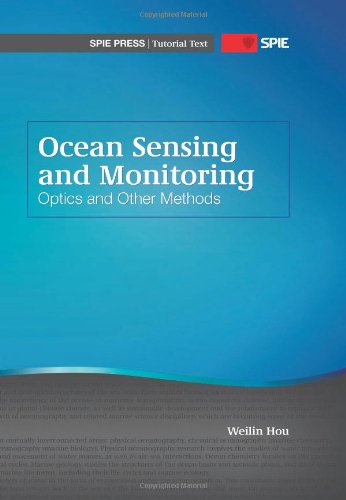

Most ebook files are in PDF format, so you can easily read them using various software such as Foxit Reader or directly on the Google Chrome browser.
Some ebook files are released by publishers in other formats such as .awz, .mobi, .epub, .fb2, etc. You may need to install specific software to read these formats on mobile/PC, such as Calibre.
Please read the tutorial at this link: https://ebookbell.com/faq
We offer FREE conversion to the popular formats you request; however, this may take some time. Therefore, right after payment, please email us, and we will try to provide the service as quickly as possible.
For some exceptional file formats or broken links (if any), please refrain from opening any disputes. Instead, email us first, and we will try to assist within a maximum of 6 hours.
EbookBell Team

4.8
14 reviewsThe book starts with a brief overview of the main branches of ocean research, including physical, chemical, biological, and geological oceanography, as well as biogeochemistry. The basic optical properties of the ocean are presented next, followed by underwater and remote sensing topics, such as diver visibility; active underwater imaging techniques and comparison to sonars; ocean color remote sensing theory and algorithms; lidar techniques in bathymetry, chlorophyll, temperature, and subsurface layer explorations; microwave sensing of surface features including sea surface height, roughness, temperature, sea ice, salinity and wind; as well as infrared sensing of the sea surface temperature.
Platforms and instrumentation are also among the topics of discussion, from research vessels to unmanned underwater and aerial vehicles, moorings and floats, and observatories. Integrated solutions and future sensing needs are touched on to wrap up the text. A significant portion of the book relies on sketches and illustrations to convey ideas, although rigorous derivations are occasionally used when necessary.